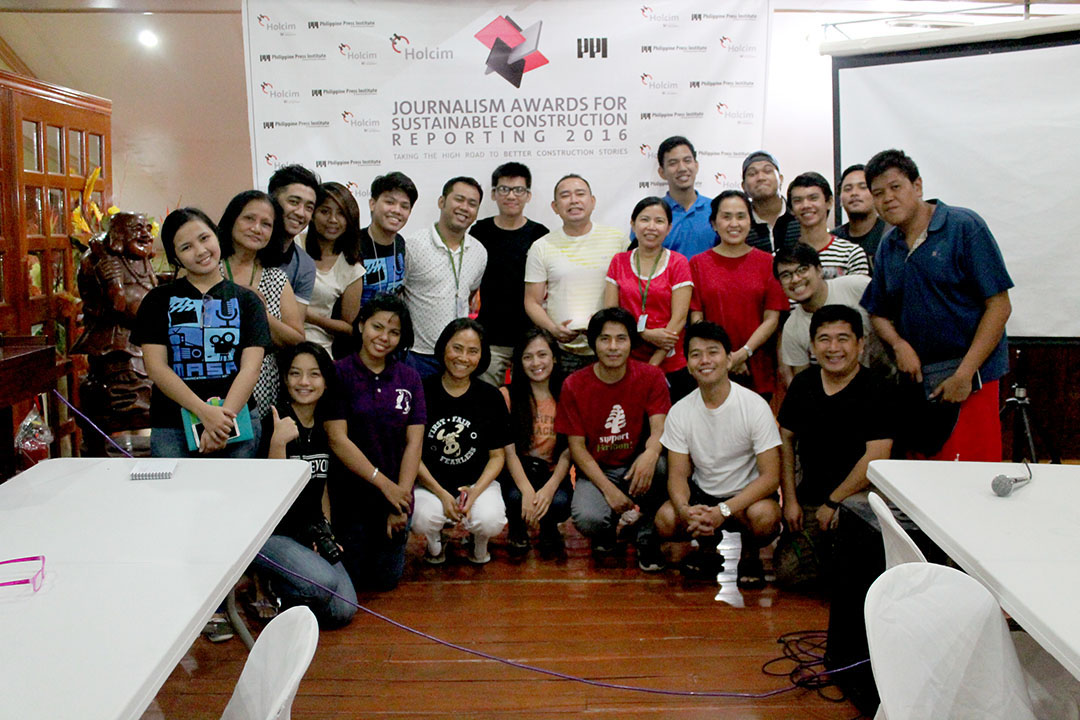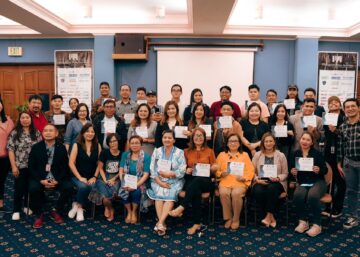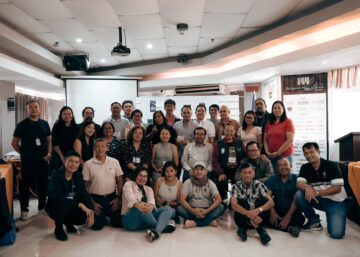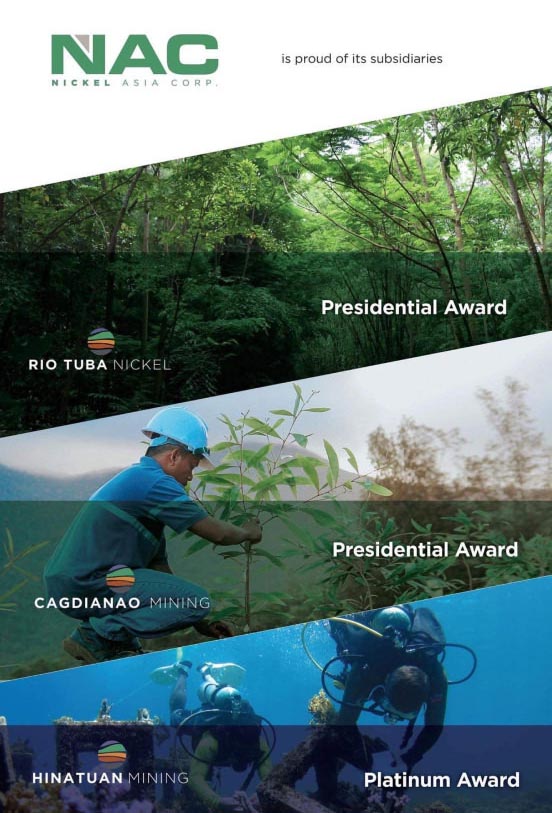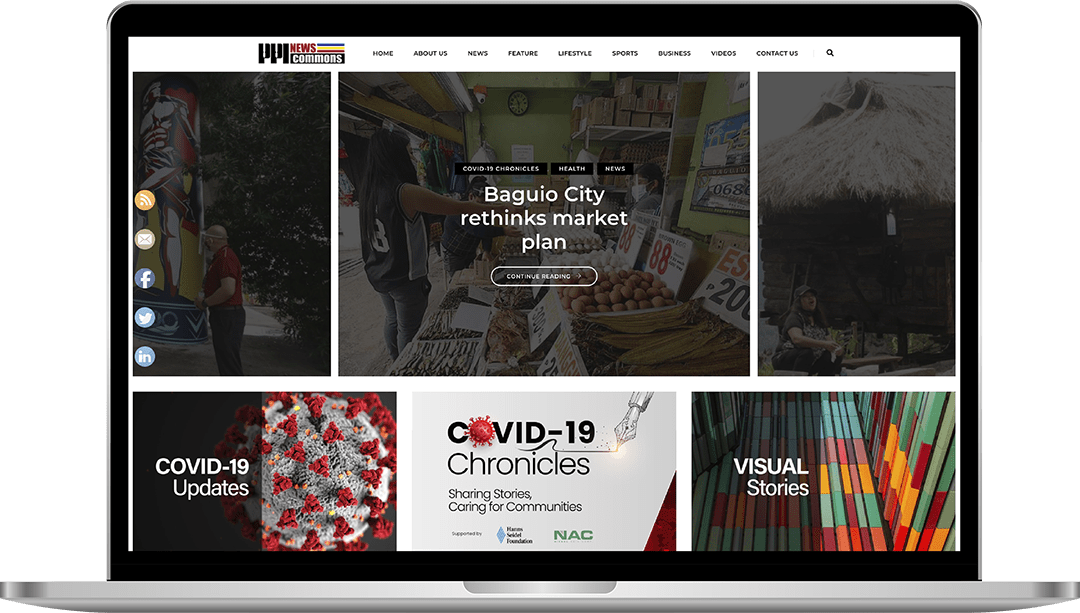Think construction reporting, and what comes to mind?
Carl Jerome Maroma, a correspondent for CLTV36, used to think it was all about crafting a story about an infrastructure project and relevant details. He has since had a rethink.
Construction reporting is often associated with stories focusing on the physical and technical aspects of an infrastructure work, often highlighting details such as the magnitude of a project, costs, target dates of completion, impressive specifications, and industry performance vis-a-vis GDP growth, among others.
But while it is essential to see the industry as a vital cog in sustainable development, it is largely off the radar of some members of the media looking into the industry. Maroma was no exception.
The challenge for the press is to explore unreported or underreported stories revolving around the industry, using the lens of sustainable development.
This was the highlight of the Luzon round of the seminar-workshop series on construction reporting organized by the Philippine Press Institute (PPI), in partnership with Holcim Philippines, on April 27-29 in Pandi, Bulacan. Maroma was one of around 20 participants in the seminar, themed “Taking the High Road to Better Construction Stories”.
The Mindanao and Visayas legs of the PPi-Holcim seminar will be held in Malaybalay, Bukidnon and Tagbilaran City in Bohol province on May 18-20 and May 24-26, respectively.
Veteran journalist and PPI training director Tess Bacalla said construction reporting should go beyond the “usual”, or superficial, stories that often deal mainly with the physical and technical side, without going deeper to unearth issues that lend themselves to more interesting and nuanced stories, and thus to broader public discussion, around the industry.
“Target issues”
Don Gil Carreon, media relations specialist at Holcim Philippines, a cement and aggregates company, said there are five “target issues” that underpin sustainable construction.
These include the efficient and sensible use of resources as well as the participation of communities in construction or infrastructure development efforts to ensure social inclusion at all stages.
An infrastructure project, he said, should also demonstrate innovative concepts in terms of design, materials and methods, and should be transferable to a range of other applications.
Efficient use of natural resources and reduction of harm to the environment are also vital to any sustainable construction project, aside from aesthetic impact as a form of cultural expression. The industry must also exercise flexibility to adapt to change, Carreon said.
Against this backdrop, journalists, for instance, could write a story on how a particular infrastructure project affects or alters the way of living of people in a community such as schools and relocation sites for informal settler families (ISFs).
The province of Bulacan, including municipalities like Pandi, is home to thousands of ISFs from Metro Manila.
The challenge for the media is to find an interesting topic for a construction-related story. Such a story could resonate with readers even if they are not involved in the construction sector, Bacalla said.
It is also important to tell stories from the perspective of ordinary citizens who could be affected by, or benefit from, construction or infrastructure projects. Construction stories that amplify the voices of ordinary folk, or put them at the center of the equation, also highlight the important role of the media in training the public spotlight on important issues involving the industry. Putting a human face on such issues could also set one’s work apart from those of others in the media, Bacalla said.
Links to inclusive growth
Dr. Adoracion Navarro, senior research fellow of the Philippine Institute of Development Studies (PIDS), a public think tank, highlighted the links between infrastructure and inclusive growth.
Navarro said that physical infrastructure, including housing, transportation and telecommunications networks, promotes inclusive growth by facilitating connectivity and enhancing livelihood opportunities for the public.
These infrastructure also stimulate mobility and speed up delivery, and overall cost, of production inputs.
However, infrastructure spending is growing at a slow rate in the country, Navarro said.
“We have monitored some growth in the number of infrastructure projects under the Aquino administration, especially with the roll-out of public-private partnership (PPP) scheme, but it is still not enough,” she said.
As of April 2016, at least 12 infrastructure projects under the PPP initiatives have been awarded, including the P24.40-billion Bulacan Bulk Water Supply Project. The majority of proposed projects are still in their early stages, PPP records showed.
The Philippines is at third to the last rung in terms of quality of roads, air transport, port and railroad infrastructure among the ten member-nations of the Association of Southeast Asian, Navarro noted.
Informal settlers
Another infrastructure-related area where much need to be done is the resettlement of informal settlers in urban areas, particularly in Metro Manila.
The choice of Pandi, a second-class municipality in Bulacan, as seminar venue afforded the participants the chance to visit a resettlement site for informal settler families and witness firsthand how the lack of an inclusive approach to their relocation, including inadequate facilities on-site, has impacted the affected families.
Prior to the field visit, Kreeger Bonagua, deputy lead coordinator of the Presidential Commission for the Urban Poor (PCUP), gave an overview of the current interventions of the government to address the needs of ISFs, including those living in danger areas or displaced due to government projects.
Bonagua said that while half the Philippine population, estimated at close to 102 million, are now living in urban areas, at least 15 percent of them are ISFs. The urbanization has been spawned by several factors, including migration from rural areas, in hopes of better opportunities, he said.
“It turns out that there are many stories on construction aside from the usual reporting about infrastructure projects. Talking to people affected by a project is a good start,” Maroma, the CLTV36 correspondent, said.
